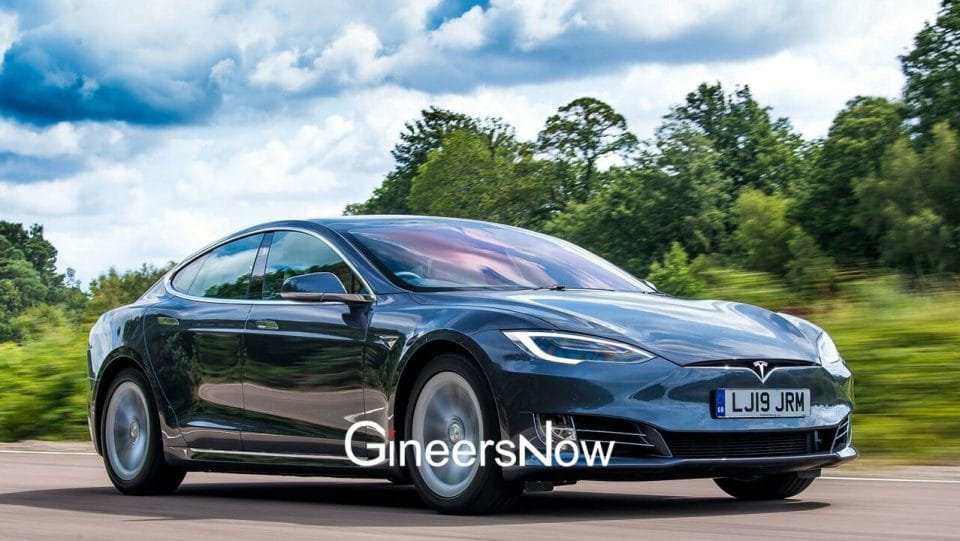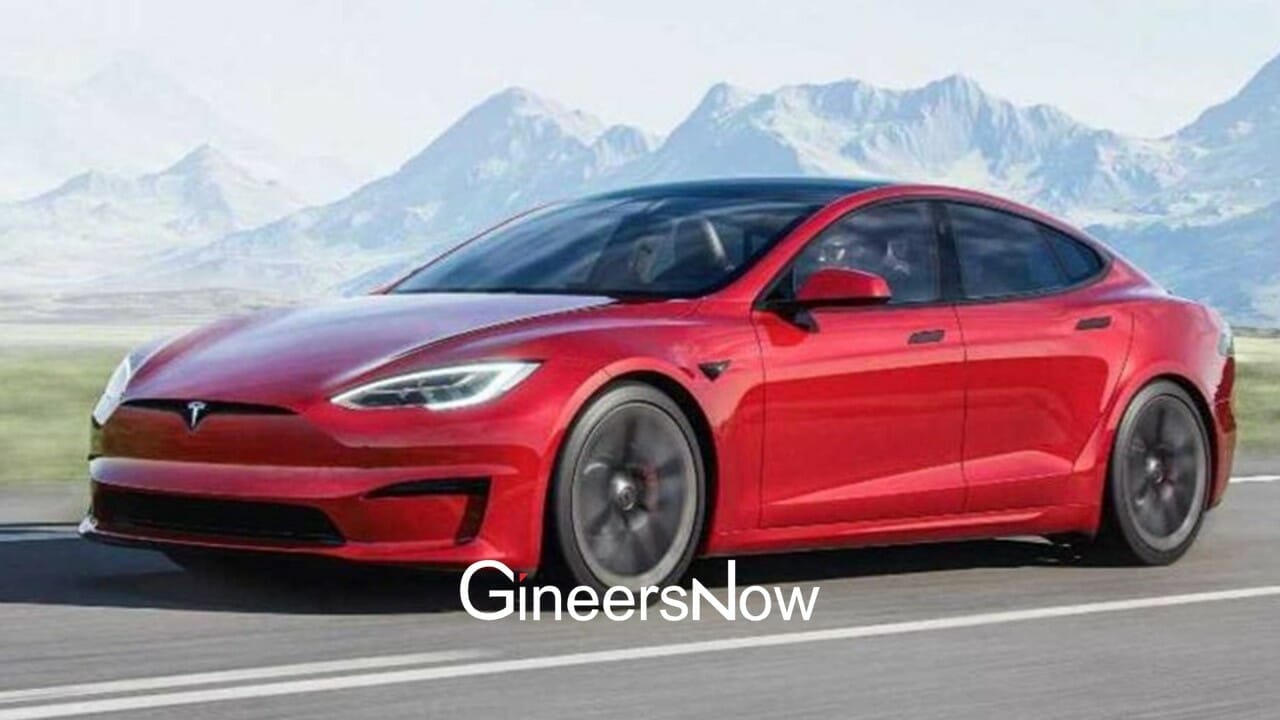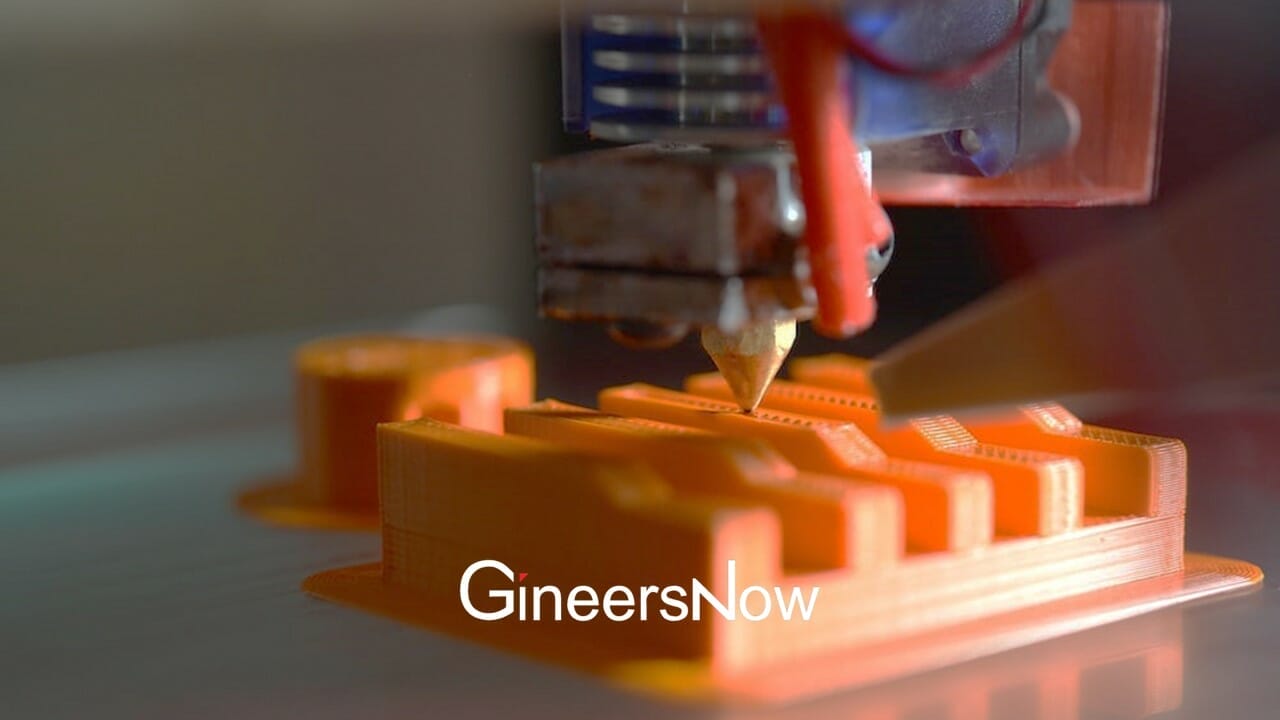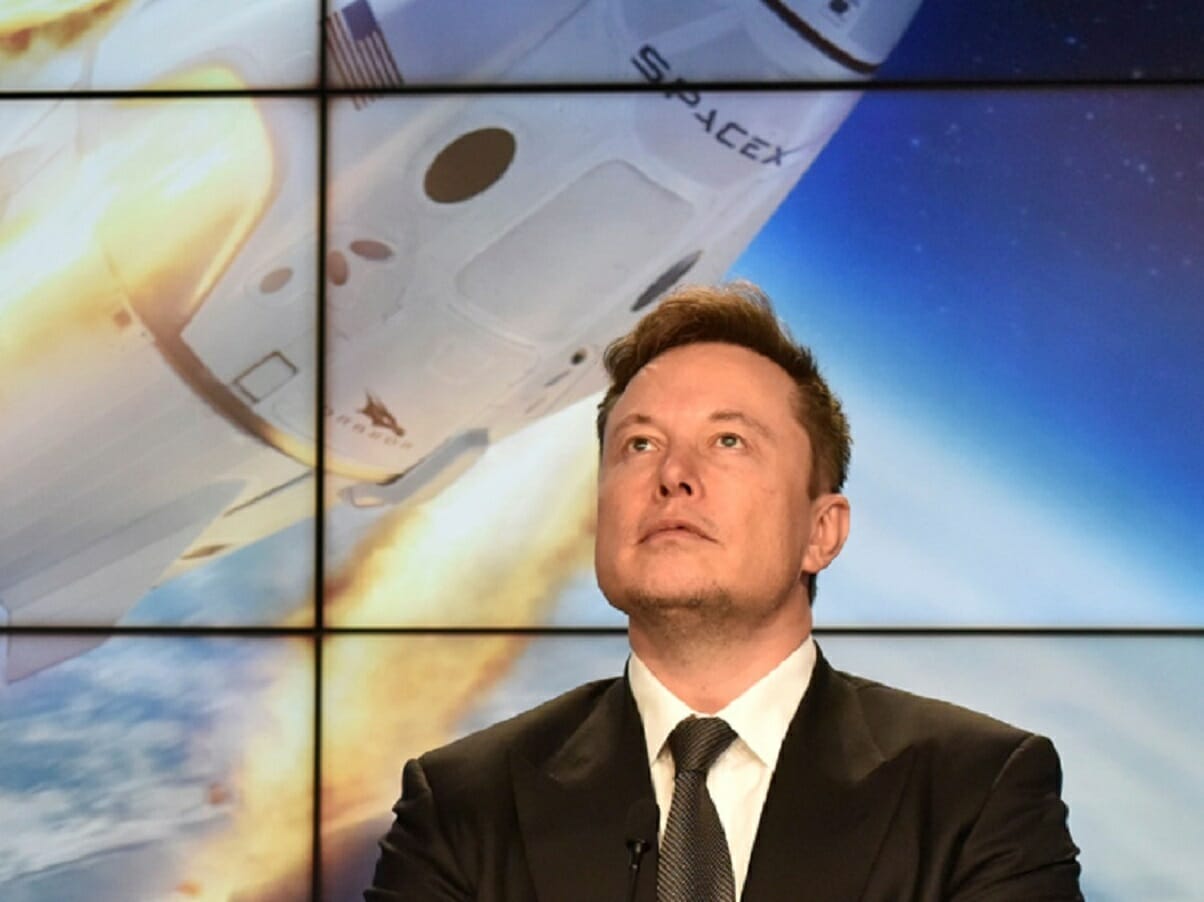With the release of the Tesla Model S, the electric car company has set a new standard for sustainable engineering. From its cutting-edge engineering to its innovative design and features, this car delivers on the promises of green and eco-friendly transportation. Let’s take a look at how the Model S is redefining sustainable engineering and why it should be a model for other companies.
The Tesla Model S was designed with sustainability in mind from the ground up. Its all-electric powertrain gives it an estimated range of up to 370 miles per charge, making it one of the longest-range vehicles available today. Furthermore, its regenerative braking system helps to capture energy from deceleration and put it back into the battery for additional range. This means that not only is the Model S less dependent on fossil fuels — it also has a smaller environmental impact than many other vehicles on the road today.
The chassis is made from aluminum which is plentiful, easy to recycle, and highly durable. The body panels are made from lightweight plastic, which can easily be recycled into new products. Furthermore, all of these materials are sourced using sustainable methods such as renewable energy-powered factories where possible.

The interior of the car also showcases Tesla’s commitment to sustainability. The seats are made from recycled materials, while LED lights throughout the cabin use less power than traditional bulbs and last much longer. The dashboard display is constructed with OLED technology which uses very little energy and provides an ultra-high-definition image that rivals any other in its class. Finally, even the air filter uses HEPA-grade filtration, which captures pollutants more effectively than conventional filters.
In addition to its design features, Tesla has implemented several technologies that make driving its cars cleaner and more efficient than ever before. Autopilot allows drivers to set a destination and relax as their car takes them there safely and efficiently without having to keep their hands on the wheel or feet on the pedals at all times. This helps reduce driver fatigue while also increasing fuel efficiency by reducing unnecessary acceleration or braking events that occur naturally when people drive manually. Tesla also offers various charging options such as home chargers, public charging stations, solar roof tiles, and Powerpack batteries that help keep electric cars running without relying heavily on coal-powered electricity sources, as well as extended warranties that cover all of this sustainable tech.
Tesla’s Model S sets a new standard for what is possible when it comes to sustainable engineering practices in automobiles today. By utilizing modern materials, efficient design principles, and innovative technologies they have created a vehicle that stands out in terms of both performance and sustainability alike. If other manufacturers follow suit then we could soon see electric cars become an even more popular choice for those looking to reduce their carbon footprints while still enjoying all of the benefits of owning a modern automobile. As such, it will be exciting to see what advancements Tesla makes with future models in order to continue pushing forward toward greener transportation solutions for everyone!












